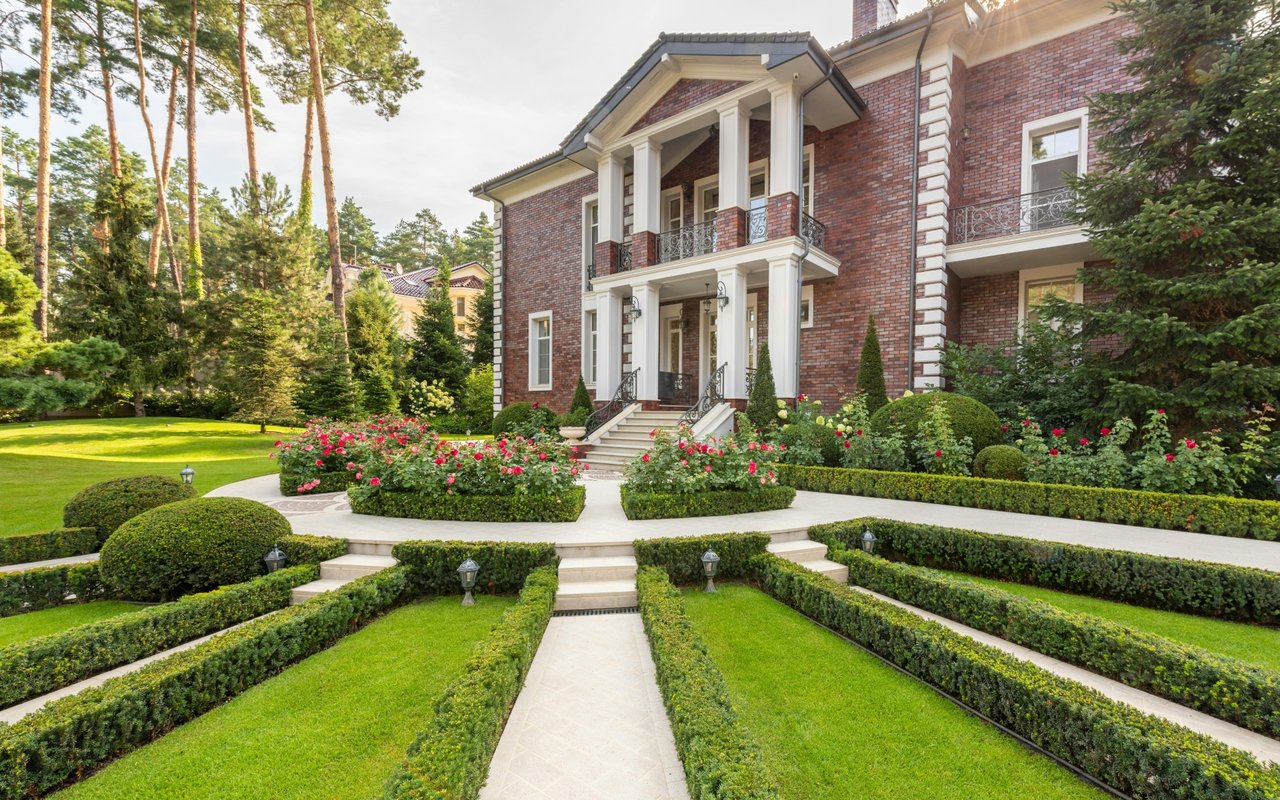What is a Grow House?
A grow house is a dwelling that has been converted from a residential unit to one where drugs are cultivated (typically marijuana). Homes in quiet neighbourhoods with unfinished basements make for the ideal grow house.
In order for the operation to thrive, there must be ideal “greenhouse conditions”. Typically, the electrical system is modified to power the hydroponic system. Often, electricity is obtained by tapping into the electrical service before it enters the meter. Power is brought into the home through a hole in the foundation. Additional circuits are used and these are seldom installed according to the building code. This can create a hazardous setting for a potential new homeowner but improvements can be made to ensure a safe environment. Holes that have cut into the foundation can be repaired, but if not done properly, water leakage can be an issue.
The heat generated by the hydroponic system can cause humidity levels to be excessive. This is unhealthy and can produce mildew, mold and rot in the home. Alterations can be made to the home to help vent the excessive humidity. If structural changes are made, such as cutting floor and ceiling joists, the structural integrity of the home may be adversely affected. Often, high humidity levels are visible in the attic, where most of the air is trapped. Dark spots that surface in the attic can be a good indication of high humidity levels.
Mold is not always detected easily. It can be both visible and distinct and other times not very obvious. There may be visible surface mold, however, much of it can be concealed behind the walls. A home inspector will try to assess the damages caused by the grow house. It often can be tricky due to the fact that mold may not be visible.
Some clues that a home has been used to grow marijuana include newly painted concrete floors in the basement, walls being painted white to reflect light and multiple splices in the plumbing system to accommodate the crop.
Some clues that a home has been used to grow marijuana include newly painted concrete floors in the basement, walls being painted white to reflect light and multiple splices in the plumbing system to accommodate the crop.
Today, as Realtors®, it is highly recommended that a clause be inserted whereby the seller warrants the property has not been used as a grow house to the best of their knowledge and belief. Both lenders and insurance companies have concerns about grow houses and consequently obtaining a mortgage and insurance has become more difficult.
If you are considering buying a former grow house, you are advised to do your due diligence and ensure the structural and other issues discussed in this article have not significantly damaged the home. You can then rest easy knowing that with a little tender loving care your new home can be restored to a good state of repair.


